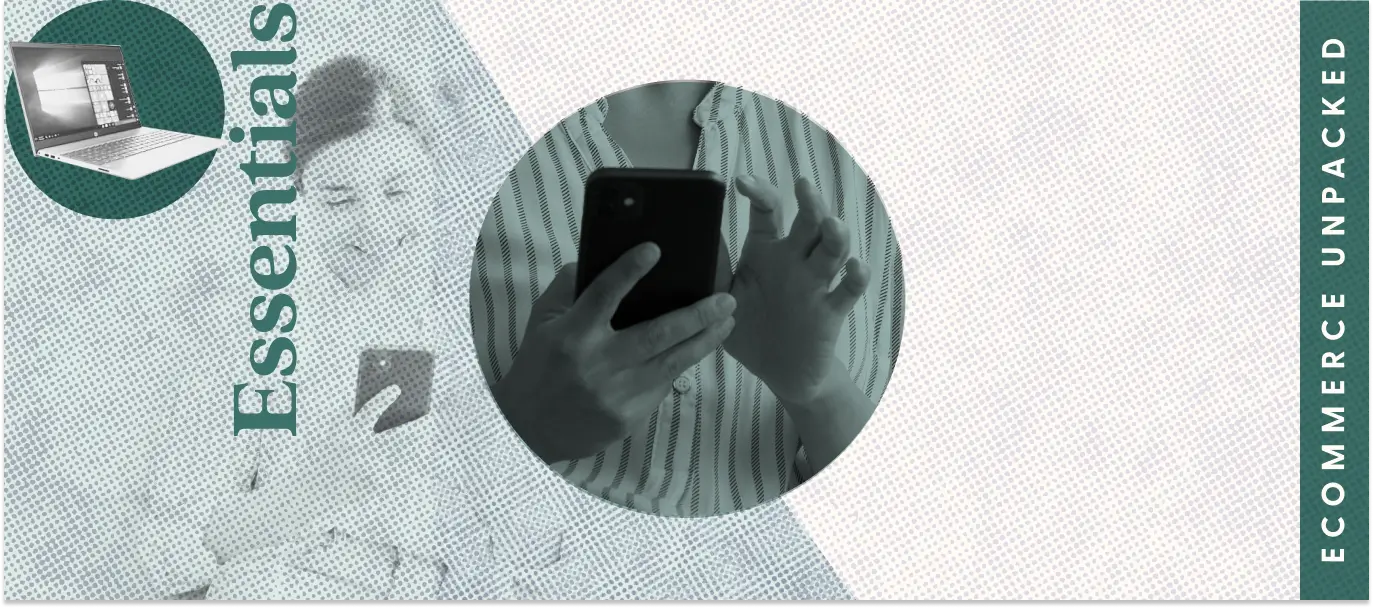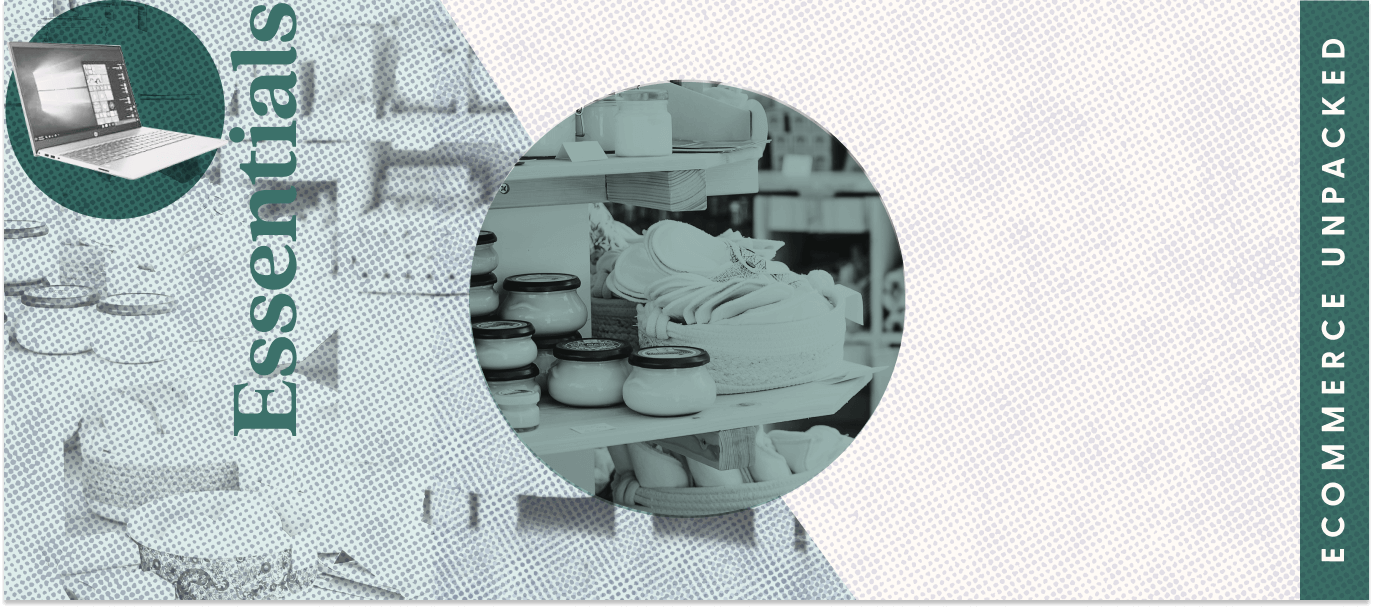A flash sale offers discounts on products or services for a short period of time. Research published by Cogent shows this kind of promotion works because it encourages impulse buying. A ticking clock is a powerful motivator.
Holding a flash sale on your ecommerce store can raise brand awareness, boost traffic, increase your conversion rate, and move excess inventory. However, a poorly executed flash sale could harm your brand’s reputation.
Curious about how to reap the benefits of flash sales while avoiding the pitfalls? Here’s everything you need to know.
Key takeaways
- A flash sale is a powerful tool for ecommerce businesses, combining deep discounts with a short time period to promote impulse purchases.
- Flash sales can help ecommerce businesses increase revenue and move excess inventory.
- When running a flash sale, it’s crucial to make sure you’re able to fulfill all orders and maintain a quality customer experience during the potential surge in traffic and sales.
How flash sales can help ecommerce businesses
Sites like Groupon popularized the flash sale model, but any ecommerce business can benefit from this strategy. Those potential benefits include:
- Increasing brand awareness
Flash sales help small businesses and startups get in front of more consumers. If you’ve struggled to get people to pay attention to who you are and what you offer, a deep discount and a sense of urgency can help change that.
- Moving unpopular products
A flash sale can help move a product that’s not otherwise selling. This can free up critical warehouse space, which you could fill with more popular products. This can also encourage customers to try a product they might otherwise pass up.
- Selling excess inventory
Forbes reports that the retail sector is drowning in excess inventory. As customers pare down spending in response to economic downturns, it can be hard for ecommerce shops to move products—even those that were once big sellers.
Flash sales can help you convert indecisive browsers into buyers, giving you a chance to get your inventory into a more balanced state.
- Increasing revenue
The right flash sale can lead to an increase in the number of transactions in a single day. Social media promotions of that sale can help you gain new customers and reconnect with prior big buyers.
With retargeting techniques, that single sale could translate into others in time. As customer loyalty grows, existing customers will be more likely to buy your other products. And they might even be willing to pay full price for them.
Tips for a successful flash sale
Let’s go over how to run a successful flash sale for your ecommerce business.
- Identify the goal, then choose your products
Before deciding what products to include in a flash sale, start by determining why you want to hold that sale. Do you want to:
- Create more room in your warehouse?
- Convert browsers to buyers?
- Find more loyal customers?
- Make as much money as you can right now?
With a clear goal in mind, you can then pick the right products. For example, if you’re trying to find more loyal customers, your best item should be included. If you want to make more money, then you should feature your most expensive item (or the one with the biggest profit margin).
- Pick your sale period
Timing is crucial for any flash sale. There are some periods in which customers are on the lookout for deals. Consider Black Friday, for example. Adobe reports that Thanksgiving and Black Friday sales reached between $5 billion and $10 billion in revenue in 2021.

If you have a perfect gift idea for shoppers, launching a Black Friday or Cyber Monday flash sale makes a lot of sense.
That said, you could also launch a sale at a less crowded time. For example, you could launch an 11:11 sale, in which the action begins at 11:11 a.m. on November 11. Running a flash sale when competitors are not can help you stand out.
No matter what timing you choose, keep your sale period short. Most companies extend their sales for 48 hours, but not much longer. Give consumers too much time, and you’ll lose that critical sense of urgency.
- Target your audience
Zeroing in on the target audience for your flash sale can help you craft a more effective promotion campaign. Ask yourself questions like:
- How old are people who have bought this product in the past?
- Where do these people live, and what language do they speak?
- How do people use your product or service?
- Are you launching a new product your existing customers might like?
- Are you selling an old product your existing customers already have?
These data points can help you target your ideal customer more effectively.
- Hype your audience with a sense of urgency
Flash sales work best when your shoppers are constantly reminded that time is limited. In a recent survey by Slickdeals, almost 75% of people say their purchases are spontaneous.
Capture these people with deadlines and reminders. Use a pop-up timer to push your customers to complete their purchases. Reiterate the urgency in your landing page copy. Don’t let your customers forget that this deal ends soon.
- Manage inventory
X Delivery reports that more than 60% of consumers expect their orders to arrive within three business days when they choose free shipping at checkout. If you don’t perform a warehouse check before your flash sale launches, you risk falling short of those consumer expectations.
Talk to your sales team, warehousing staff, and others involved in your product pipeline. Ensure you have plenty of sale items in stock before you launch your sale.
- Offer free shipping
Plenty of well-known ecommerce merchants give almost every customer free shipping. If you don’t, you might stand out for the wrong reasons. Free shipping can reduce your cart abandonment rates, meaning more sales and revenue.
If you can’t currently afford to offer free shipping, state your shipping fees clearly. Setting expectations builds trust and can increase customer loyalty.
- Maintain excellent customer service
A flash sale can spike your web traffic and sales volume, which can also put a strain on your customer service team. If the quality of your customer experience drops, you risk losing customers and damaging your brand.
Prepare your team for every flash sale. Be ready for an increase in customer service requests, so that you can capitalize on this opportunity to win over new customers.
How to advertise your flash sale
If you’re going to hold a flash sale, you need to get the word out. Consider advertising your sale with email and social media marketing, onsite pop-ups, and product pages.
You can promote the characteristics that set your sale apart through each outreach channel. Flash sale setup examples include the following:
- Tiers: Early shoppers get the deepest discount (50%), intermediate shoppers get a smaller price break (35%), and so on.
- Hype: Share the details of your deep discount, surprising consumers with the idea of how much they’ll save.
- Mystery: Tell consumers they’ll save, but don’t highlight how much until they do something (like click).
- Exclusivity: Launch a sale just for loyal customers or members.
Let’s dig into the details of each marketing channel you can put to use.
- Email marketing
Experts say email marketing is critical to small business’ success. If your flash sale targets existing customers, pulling together an email list is relatively simple. Trumpet your deep discounts in each subject line, and detail the products on offer in the body copy.
- Social media marketing
GWI reports that, on average, people spend almost 2.5 hours every day on social media sites like Facebook, Instagram, and TikTok.
A successful campaign on those platforms could help you reach people in your target market you haven’t engaged with yet. Entice them with your products and limited-time discounts, and encourage them to share with their friends on those same platforms.
- Onsite pop-ups
Some ecommerce organizations have physical locations too. Advertising your online flash sales in these locations can help tap into impulse buying. Consider physical ads with QR codes, or sending push notifications to the mobile phones of people currently inside your physical store.
- Product pages
An ecommerce store can create an exceptional brand reputation through detailed product pages.
Ensure that pop-ups are loaded and ready to go when your sale launches. They should appear on the pages for products included in the sale. But also launching them sitewide could entice people shopping for something else to take a chance on the sale too.
Post-sale assessment
Before you move on after a flash sale, take the time for a post-mortem meeting. The lessons you learn about the customer experience could inform your online sales strategy moving forward.
Ask yourself questions like:
- Did we improve our brand reputation? Did customers struggle to check out or get their orders? Or did everything run smoothly?
- How much did we sell? How many sale items were purchased? How many other products did people choose?
- How many new customers did we gain? How many of your buyers had never visited you before?
- How often have you used this technique? Some customers get “flash sale fatigue” when they’re always bombarded with deals. Assess the frequency with which you think you could implement this strategy.
Company-specific key performance metrics (KPIs) could involve reducing cart abandonment rates, raising X dollars in new sales, or selling X of a slow-moving product. Track that data too.
Use flash sales to your advantage
Any ecommerce business could benefit from well-executed flash sales. Sell unused products, find new customers, and raise revenue with a sale that lasts for just a few days.
Remember to protect your brand reputation by checking with sales staff before the flash begins, and watch the customer experience during the sale. The potentially increased traffic and sales will create numerous opportunities to impress or disappoint new customers.
FAQs on flash sales
What are common mistakes when running a flash sale?
Planning can help you avoid some of the most common flash sale mistakes. For example, some companies don’t ensure they have enough products to fulfill all of their orders, and they don’t confirm that their site can handle traffic from a sale that goes viral.
Companies can also create flash-sale fatigue by using this approach too often. And if you don’t have a decent retargeting program, the buyers you attract with a flash sale might never buy from you again.
How do flash sales urge people to make a purchase?
Everyone loves to save money, and flash sales often provide deep discounts. But flash sales also encourage impulse purchases through their deadline-driven prompts.
Why do businesses need to come up with different promotions?
When a business uses several different marketing strategies to reach potential customers and buyers, that’s called a promotional mix. This technique can help reach more customers across multiple touchpoints. Someone might hear about you through:
- Social media
- Flyers
- Word of mouth
- Cross-linking
Increasing brand familiarity often results in more sales.
Sources
[1] Impulse Buying During Flash Sales in the Online Marketplace. (April 2022). (Cogent Business and Management. )
[2] Quarterly Retail Ecommerce Sales, Second Quarter 2022. (August 2022). (U.S. Census Bureau News. )
[3] Daily Deals Sites Industry in the U.S. (February 2022). (IBIS World. )
[4] Flash Sales Click with Consumers. (April 2012). (Marketing Week.)
[5] Too Much of a Goods Thing: Retailers Are Drowning in Inventory. (June 2022). (Forbes. )
[6] The Rise and Fall of the Flash Sale Business Model. (December 2015). ( Inc. )
[7] Behold, the 2021 Holiday Shopping Insights. (Adobe.)
[8] Survey: 62% of Shoppers Expect Their Free Shipping Orders to Arrive in Three Business Days. (July 2022). ( Retail Dive. )
[9] Americans Have Increased Their Impulse Spending by 14% in 2022 Compared to 2021, According to Annual Survey Commissioned by Slickdeals. (May 2022). (PR Newswire. )
[10] Flash Sales: The Ultimate Guide to Flash Sale Strategies. (July 2019). (Simple Texting)
[11] Email Marketing: Still the Most Powerful Tool to Take Your Business to the Next Level. (October 2020). (Forbes. )
[12] Global Social Media Statistics Research Summary 2022. (August 2022). (Smart Insights. )



